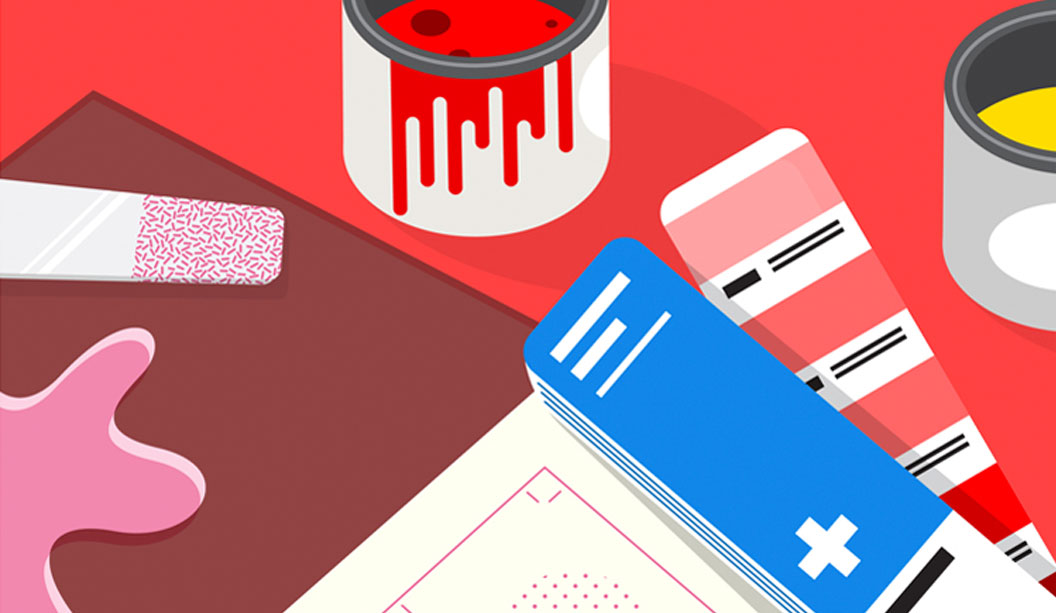A key component to creating outstanding work stems from clear communication between you and your supplier.
You’ve spent hours inspecting every detail. Polishing each pixel and picking the perfect colours. The design is complete and the client has signed it off. They’re tickled pink with the work you’ve done so far and now it’s time to turn your design into physical and functional expressions of their brand. There’s a deadline on the horizon and you’re about to release your work into the wild.
So what’s next? Here are five helpful tips to make sure you get a great result.
Do your homework
Find out how your tools interface with the tools of your supplier. Before you send off your work, do your best to gain a reasonable overview of how your supplier gets their work done. By understanding what happens with your PDF after it hits their inbox and before it rolls off the production line, you’ll be better equipped to not only avoid common pitfalls, you’ll also be more able to design in a way that produces results unique to that medium.
Ask questions
The only stupid question is the one left unasked. In a collaborative effort, this goes both ways. Be prepared to ask any and all questions you have about the project, and expect your supplier to fire a few back too. If they aren’t seeking a deeper insight into your work, they are not interested and they are not a collaborator.
Tell them what your expectations are
Clearly specify what you’re after, both in a physical sense (size, shape, colour, texture, quantity, quality) but also in a way that communicates the overall objectives of your brief. A good supplier will respond to all the information you give them.
From there – you should be able to get a reasonably accurate estimate for your project.
Visit your supplier
Shaking hands with the people that produce your work has immense value. Just like working with your client, you need to be able to trust and understand the people that you’re handing your baby (design) to. Bring your client if you can.
You’ll want to make a minimum of one visit, but two is better: before and/or during production. If you can take a look at the production process beforehand, you’ll be able to see the materials in the flesh, and pick up a slew of samples. If you can iron out the kinks before you begin, you might not need to visit during production.
Be prepared with a list of questions and a keen ear.
Keep designing
All the back and forth, questions and discussions over the project will be worth nothing if they aren’t actioned. Make sure you understand the responses to your questions. You may need to redesign your work to fit within the production methods and the production methods may need to be rethought to achieve the design.
Image by Magdalena Ksiezak
About Simon Hipgrave – he’s the co-founder of The Hungry Workshop, a design and letterpress studio in Northcote, Victoria.

 Footy Tips
Footy Tips
